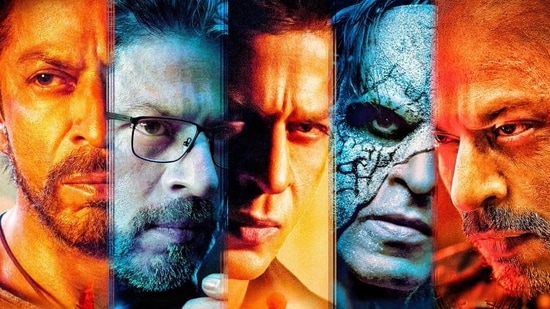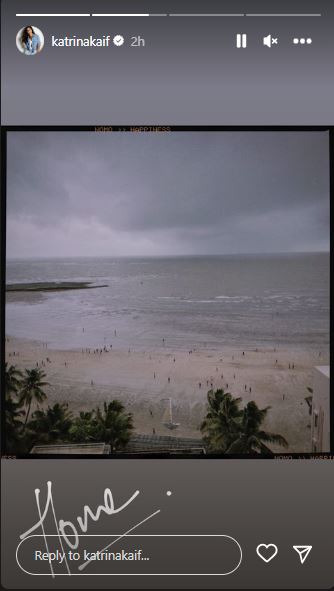The ‘small town’ genre saw a resurgence, with romantic comedies set abroad from the same studio. Popular pairs included Abhishek and Rani, or Saif and Preity. Loud comedies dominated 2005, but the year also featured ‘Black,’ which introduced discussions on disability to a wider audience.
Bunty aur Babli transformed the small town through a YRF-led designer enhancement.
You contemplate whether Kanpur native Shaad Ali would identify his city in his film, which centers on two small-town youths who leave home in pursuit of greater opportunities and dreams.
In this analysis, the film is credited with reviving the ‘small town’ aesthetic in Bollywood, favoring a whimsical portrayal over the harsh realities of such life. The vibrant attire worn by the characters Bunty and Babli, played by Abhishek and Rani, highlights a unique design influence from Yashraj’s department. This fashion not only captivates the film’s audience but also inspires local tailors in UP towns, creating a cycle where stars influence trends and local wearers achieve a sense of stardom themselves.
This film showcases strong performances, particularly by Bachchan Sr., who impressively steals the show despite a minor role. Rani contributes significantly, displaying moments of both perkiness and emotional depth.
Bunty aur Babli features an iconic item number that remains highly popular on dance floors, highlighted by Aishwarya Rai’s captivating performance. The song, written by Gulzar, with its catchy lyrics “Kajrare kajrare, mere kaare kaare naina,” is infectious and encourages viewers to dance along.
Loud comedies such as No Entry and Garam Masala were well-attended, while the period film Mangal Pandey was an early misstep for Aamir Khan.
One of my guilty pleasures that year was YRF’s rom-com Salaam Namaste by Sidhharth Anand, featuring one of Bollywood’s first live-in couples, with a pregnant Preity Zinta indulging in midnight cravings for Ben and Jerry ice cream, accompanied by an unwilling Saif Ali Khan.
In 2005, the notable film was Sanjay Leela Bhansali’s Black, starring Rani Mukerji as a girl with significant disabilities and Amitabh Bachchan as her teacher who suffers from advanced Alzheimer’s disease.
Several parts of the film exhibit a maximalist style, with Shimla mansions presented as art deco structures influenced by European aesthetics, characteristic of SLB. Some sequences, including a teacher forcibly handling a screaming ‘problem child’, remain problematic and uncomfortable.
Black effectively prioritizes characters with profound disabilities as central figures in the narrative, promoting themes of acceptance and inclusion, thus initiating significant conversations on these topics.
Applause Films deserves recognition for producing a film that challenged Rani, who delivered her performance convincingly, despite some exaggerated moments. Additionally, 2005 saw Imtiaz Ali’s underrated debut “Socha Na Tha,” featuring newcomers Abhay Deol and Ayesha Takia, introducing a new sensibility to Bollywood rom-coms.




